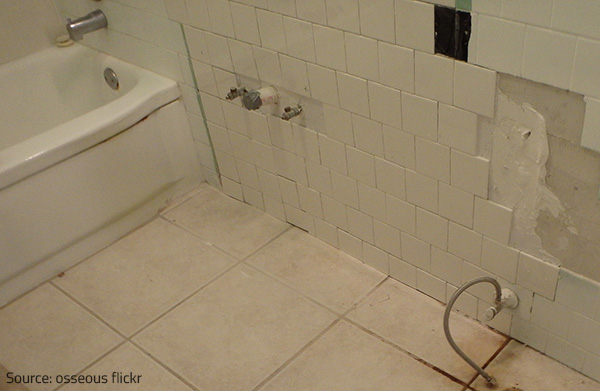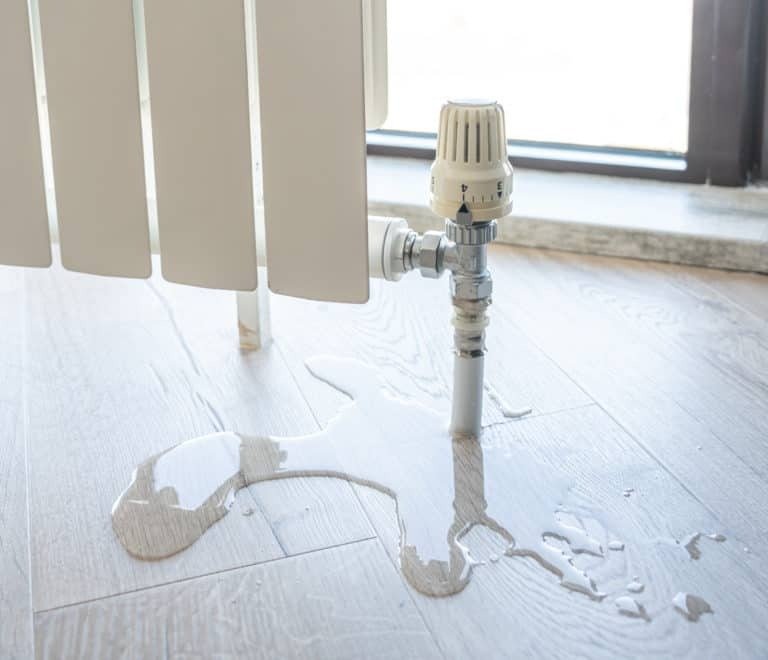The article which follows involving How to Repair and Prevent Bathroom Water Damage? is really enjoyable. Don't bypass it.

Water damage commonly takes place in the bathroom because of the water used day-to-day. Often, the damage could be a little mold and mildew from the shower. Various other times, it's huge damages on your floor. Whatever it is, it is always good to understand the cause as well as stop it before it happens.
This guide will certainly undergo several of the usual causes of water damage in the restroom. We will certainly additionally analyze what you can do to prevent these reasons from damaging your restroom. Allow's dive in.
These are the usual factors you would certainly have water damage in your restrooms as well as just how you can find them:
Excess Dampness
It's great to have that lengthy shower and dash water while you dance around and also imitate you're doing, yet often these acts might cause water damage to your bathroom.
Sprinkling water around can trigger water to visit corners as well as develop mold and mildews. Watch how you spread out excess dampness around, as well as when you do it, clean it up to avoid damage.
Cracks in your wall surface ceramic tiles
Shower room wall floor tiles have actually been specifically designed for that objective. They secure the wall from wetness from people taking showers. Nonetheless, they are not unbreakable.
In some cases, your washroom wall floor tiles fracture and also permit some moisture to permeate into the wall surface. This can potentially damage the wall surface if you do not take any activity. If you observe a fracture on your wall surface floor tiles, fix it immediately. Don't wait till it damages your wall surface.
Overruning commodes and sinks
As people, occasionally we make blunders that could create some water damage in the washroom. For instance, leaving your sink tap on could trigger overflowing and also damages to various other parts of the washroom with dampness.
Also, a malfunctioning bathroom might cause overruning. As an example, a busted bathroom deal with or other parts of the cistern. When this happens, it can damage the floor.
As quickly as you observe an overflowing sink or toilet, call a plumbing to aid take care of it right away.
Ruptured or Leaking Pipelines
There are numerous pipelines carrying water to different parts of your washroom. Some pipes take water to the commode, the sink, the taps, the shower, as well as several other locations. They crisscross the small location of the washroom.
Occasionally, these pipes could get rusty as well as ruptured. Various other times, human action might create them to leak. When this happens, you'll find water in the edges of your bathroom or on the wall.
To find this, look out for bubbling walls, mold and mildews, or mildew. Call an expert emergency plumbing professional to fix this when it takes place.
Roofing Leakages
Sometimes, the problem of water damage to the shower room could not come from the shower room. As an example, a roofing system leakage can cause damage to the restroom ceiling. You can find the damage done by considering the water spots on the ceiling.
If you locate water discolorations on your ceiling, check the roofing system to see if it's damaged. Then, call an expert to aid solve the issue.
Final thought
Water damage to your shower room can be frustrating. Nonetheless, you can manage it if you avoid some of the reasons stated in this guide. Call an expert emergency plumbing if you discover any extreme damages.
How to Repair a Water-Damaged Wall in the Bathroom
All you need to know to repair bathroom wall water damage – from identifying the water source to finishing the repair professionally. If you don’t act quickly to resolve a water damage problem, you could find that it develops into a mold issue and/or cause structural damage to your home. Follow this guide to repair your bathroom before it's too late.
All you need to know to repair bathroom wall water damage
Water damage is a common household problem, and one that, if left unrepaired, can quickly lead to structural problems and health issues. The two most likely rooms where water damage may occur is the bathroom and the kitchen – where water is used often and there is high humidity.
What is water damage?
It is easy to think of water damage as caused by a flood or leaking tap or burst water pipe. However, when water damage is assessed, there are three main categories into which water falls (as classified by the American National Standards Institute). These categories are defined as:
Category 1 Water – ‘Clear Water’
This is sanitary water. There is usually no major threat to health by washing with this water, drinking it, or inhaling if it is streaming. Most water that enters your home will be category 1 water, while most water leaving your home will be either category 2 or 3 water. It may also come from melting snow, rainwater and water tanks.
Damage caused by this type of water can usually be repaired or restored, though this doesn’t mean that there are no potential health issues.
Category 2 Water – ‘Grey Water’
This is contaminated water – sometimes considerably so – and will cause illness if consumed or if it comes into contact with your skin. Water damage in this category is often caused by overflows from toilet bowls, and damage to washing machines and dishwashers. While damaged items might still be repaired or restored after damage by grey water, it is more difficult and more expensive to do so.
If the water damage in your home has been caused by grey water, it is advisable to have repairs made by professionals.
Over time, grey water will deteriorate and become black water.
Category 3 Water – ‘Black Water’
Category 3 water, also known as black water, is highly contaminated and a great risk to health. This may contain raw sewage, heavy metals, and other toxic substances. It will smell terrible.
If this is the water that has caused damage in your bathroom, do not touch it. Stop the water flowing if possible, seal the room and call the experts: it really isn’t worth the risk of ill health and disease that could be fatal. It is very unlikely that items can be repaired or restored if they have been damaged by black water.
https://www.porterscleaning.com/blog/how-to-repair-a-water-damaged-wall-in-the-bathroom/

As an avid person who reads on How to Repair and Prevent Bathroom Water Damage?, I was thinking sharing that excerpt was beneficial. Those who enjoyed our post if you please don't forget to pass it around. We value reading our article about How to Repair and Prevent Bathroom Water Damage?.
Contact